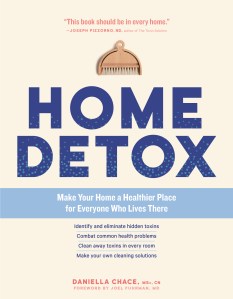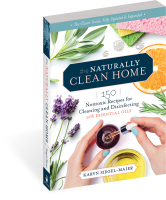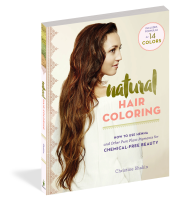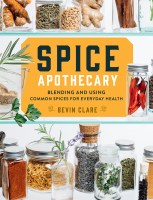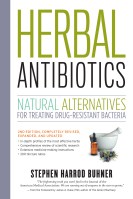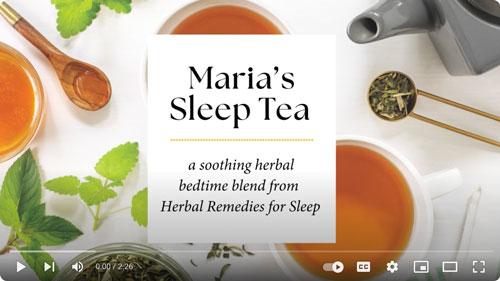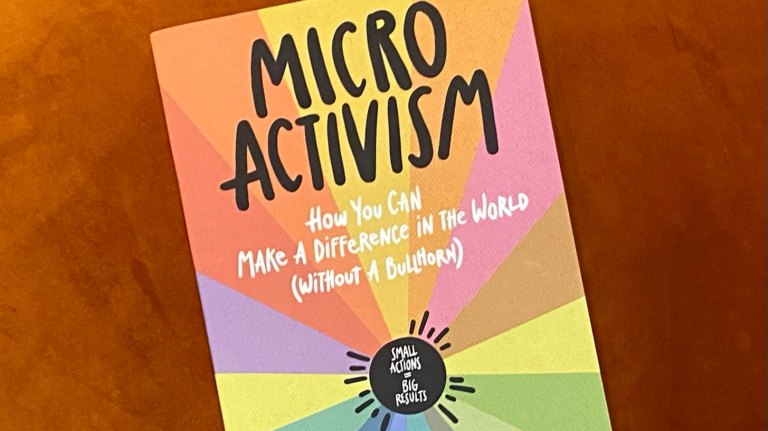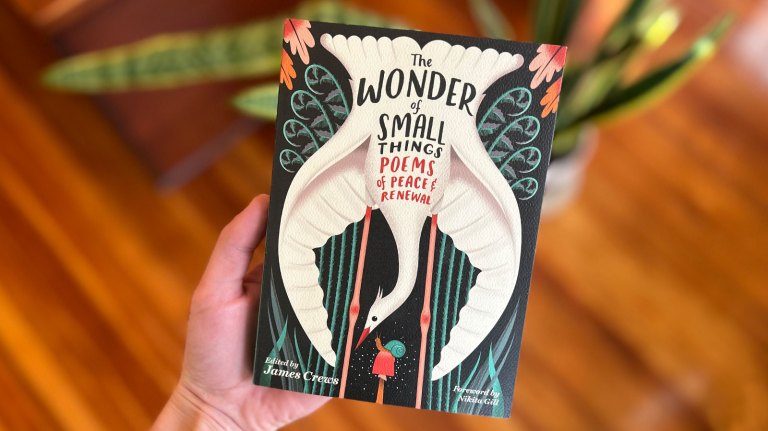Home Detox: Ingredients to Make Homemade Cleaning Solutions
Making your own cleaning solutions has three big advantages: no toxins, less expense, and less waste.
Homemade cleansers can replace the toxin-filled cleaning products you’ll find at the grocery store. In my recipes for cleaning solutions, I rely on the following ingredients for their effectiveness, sustainability, low-waste packaging, and ease of access.
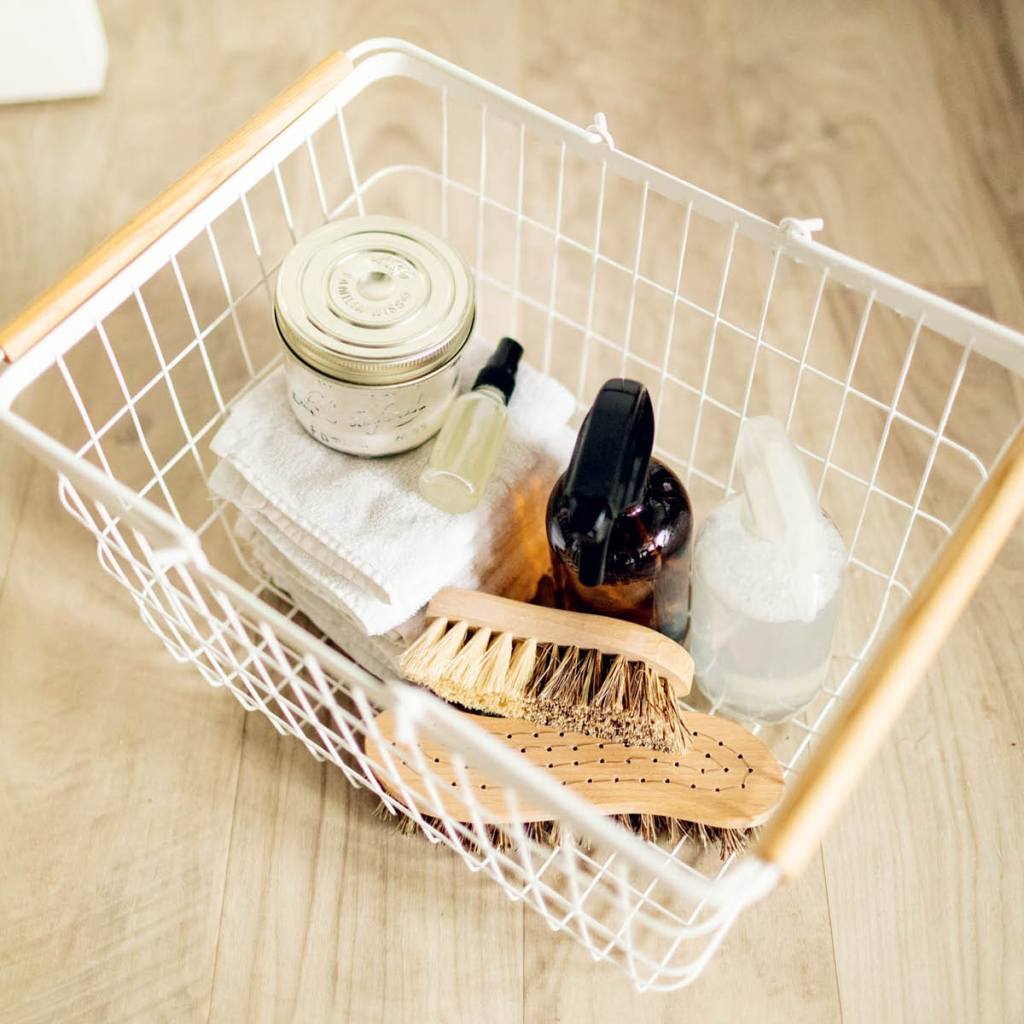
Hopefully you can find everything you need at your local co-op or grocery store. Each ingredient has a purpose. For example, abrasives like baking soda and salt offer scrubbing ability. And antimicrobial essential oils kill bacteria, mold, and fungi.
One caveat about using essential oils:
Remember that they are concentrated and powerful. They can be diluted in cleaning solutions, added to laundry water, or used fullstrength in the soil around the house to deter pests. However, if drips of full-strength essential oils are left on paint or varnish, they can erode the surface. I learned this the hard way when a few drops landed on my new washing machine and left pockmarks.
Baking Soda
Baking soda, or sodium bicarbonate, is inexpensive and shelf stable for years. I use it in many of my cleaning solutions as a nontoxic abrasive.
Castile Bar Soap
Castile soap is any hard soap made from plant oils in a style similar to that originating in the Castile region of Spain. I use Dr. Bronner’s Castile bar soap because the ingredients are clean and effective, and the company follows strict sustainability practices.
Essential Oils
Essential oils are volatile, aromatic oils extracted from plants. Many are potent antimicrobial agents. My favorite antibacterial essential oils are eucalyptus, lemongrass, orange, palmarosa, patchouli, peppermint, and tea tree. My favorite antifungal essential oils are citronella, geranium, lemongrass, orange, palmarosa, patchouli, and tea tree. My top choice is tea tree essential oil because it is broadly antimicrobial, effective against bacteria, fungi (including mold), mildew, viruses, and mites, and it can be used in both cleaning solutions as well as personal care products like toothpaste and deodorant. I like the smell, too; it’s so clean and earthy. Look for it in large bottles, which are, by the ounce, less expensive than the small bottles sold for cosmetic use. When you’re working with essential oils, look for organic, and always dilute them, as they are highly concentrated.
Grape Seed Extract
Grape seed extract, which has virtually no fragrance, is a potent antimicrobial agent. It can be used interchangeably for any essential oil in my cleaning recipes.
Sal Suds Liquid Cleaner
I use Dr. Bronner’s Sal Suds Biodegradable Cleaner daily for dishes, laundry, floors, and other surfaces. Sal Suds is a concentrated all-purpose cleaner made with plant-based surfactants and natural fir needle and spruce essential oils without any synthetic dyes, fragrances, or preservatives. Sal Suds is concentrated and should be diluted with water. It lathers well and rinses out easily. It is also 100 percent cruelty-free, certified by the Coalition for Consumer Information on Cosmetics, and biodegrades rapidly.
Salt
Both table salt and coarse salt work well as gentle abrasives and are especially handy for jobs like scrubbing cast-iron pans.
Washing Soda
Washing soda, or sodium carbonate, softens water and helps lift soil from fabrics when used in combination with soap.
White Vinegar
Vinegar contains acetic acid produced by fermentation via bacteria. It bleaches, cuts grease, and breaks down minerals, such as lime buildup on faucets.
Excerpted and adapted from Home Detox © Daniella Chace.
Learn More
From the bedroom mattress and pillows to daily cleaning products for the kitchen and bath, toothbrushes, and even furniture and clothing, toxins are embedded in many products and items used regularly in the home—and they are making us sick. Home Detox is a practical, accessible guide to understanding the problem and how we can address it in our own homes in a manageable and affordable way. Daniella Chace, a professional toxicologist and health writer, teaches readers how to identify potential toxins, with an easy-to-follow, room-by-room evaluation of the "Toxic Ten" in each space. She explains the connection between toxins in everyday objects and chronic health issues such as headaches, asthma, high cholesterol, skin problems, and sleep problems and offers strategies for eliminating toxins, along with easy recipes for effective homemade cleaning solutions using essential oils, baking soda, vinegar, and other ingredients that are natural, affordable, and effective.
